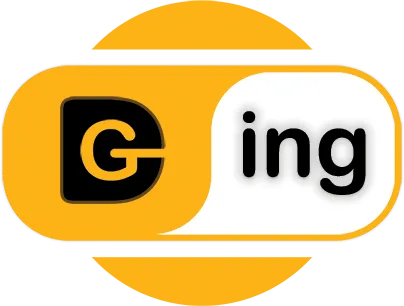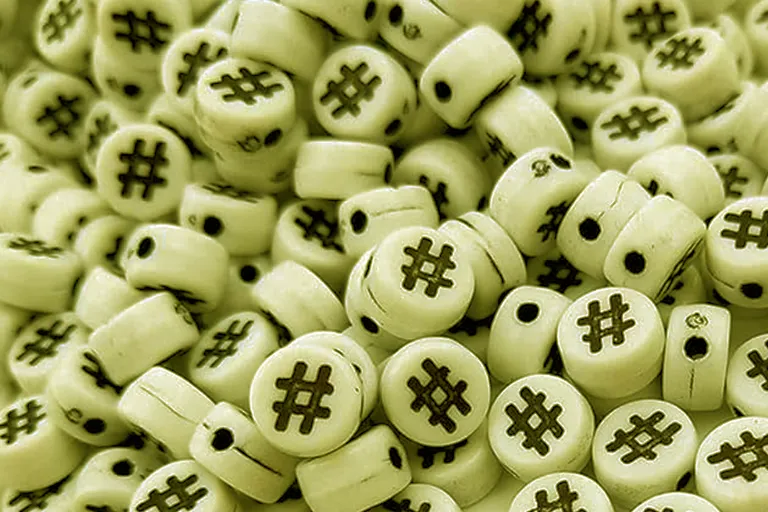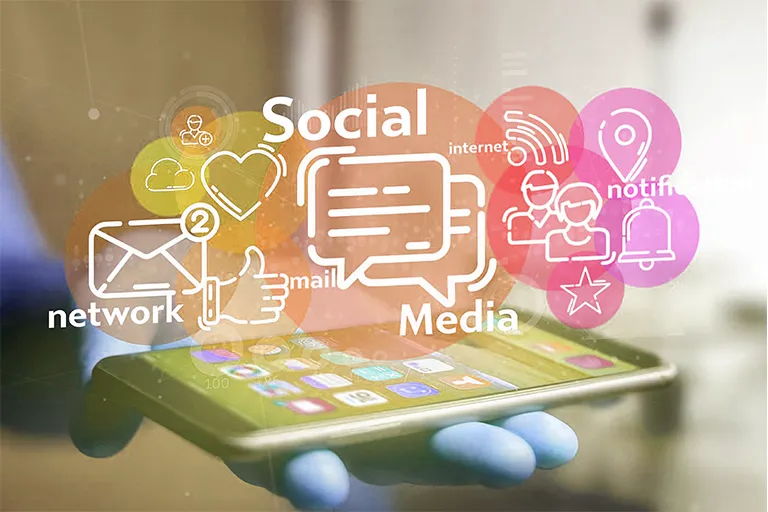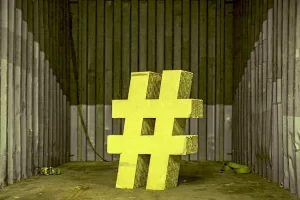All that I intend to present to you as a key message in this article is nothing but that if you are active in social networks, you must have a hashtag strategy .
Hashtag is not a simple and random task that can be done very quickly and without thinking at the last minute after creating content. Your hashtag strategy should be clear. Know what is the set of hashtags you use and for each article, consciously and intelligently, choose and use a number of those hashtags. For this reason, I decided to present this article so that together we can fully examine the issues related to the hashtag and how to use it.
The # sign is not a new sign for English speakers.
For several decades, Americans called this sign Number Sign or sometimes Pound, and they still use this sign for ranking and as a substitute for the word number. For example, the first person in a competition or the first subject in a list is indicated by #1 and it is called Number One .
English speakers outside of America called this sign Hash because of the shape of the parallel diagonal lines used in it. You have probably noticed that hashing, which we use in Farsi, is from the same family as the word hash.
Therefore, the Hash Key became one of the well-known keys on the phone dialer screen.
After entering the world of phones, the hash button has kept its place until today. Replacing landline phones with mobile phones and even removing the mechanical keyboard and turning it into a touch keyboard did not make the hash key lose its fixed place under the number 9.
Hashtag history
The first person who opened the # symbol to the world of computers and technology was Dennis Ritchie; Who we know for creating the C programming language.
Dennis Ritchie and his colleague Brian Kernighan introduced the use of this symbol in their book The C Programming Language in 1978 and taught it as part of the structure of the C language.
Of course, the term hashtag was not popular at that time and # was also called Number Sign and sometimes Pound. But anyway, the eyes of programmers and technology activists got acquainted with this sign about four decades ago. Programmers quickly got used to seeing and using hash marks in even the simplest programs.
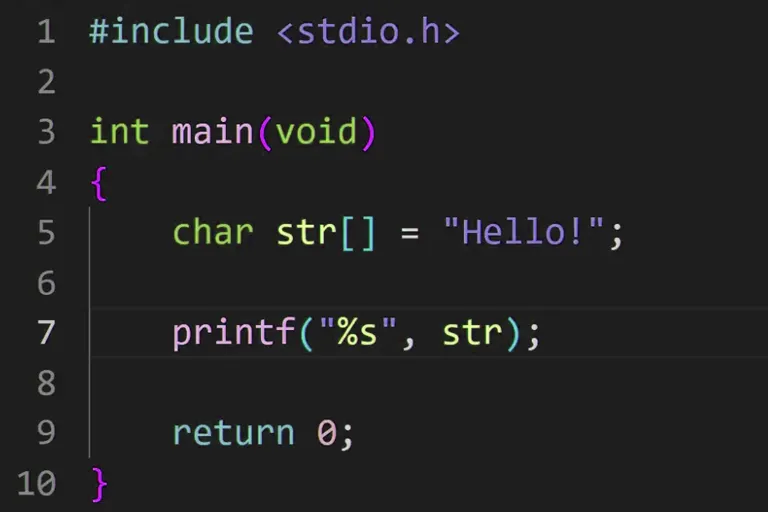
The use of hashtags was not limited to the C programming language, and hashtags as a distinguishing mark quickly became popular in various online services.
For example, in those years the IRC service was popular for chat and group discussion; Almost something similar to these discussion groups in Telegram and WhatsApp, although with a much simpler structure.
At that time, most of the users of these types of services were programmers and people familiar with technology. Because a large part of the society still did not have access to information technology and modern communication tools.
For this reason, the programming mentality and the common patterns in it, quickly made their way to the IRC space, and various chat rooms were marked with #. For example: programming#
Note that at that time monitors were still monochrome. Therefore, words could not be distinguished with different colors. The # sign helped to distinguish the name of the chat room from other words that were exchanged between members.
Group chat software such as IRC can be considered the ancestors of today’s messengers and social networks. It might be interesting to you that in addition to the # sign, the @ sign was also used to display the name or ID of users; A method that is still popular and used.
Hashtag or hashtag?
There are many people who use the word “hashtag” instead of “hashtag”. This mistake is usually caused by little study in the field of content marketing and content strategy , and sometimes limiting learning to audio training and podcasts because they have not seen the written form of the word hashtag.
Note that using hashtags instead of hashtags is not just a simple dictation mistake. Hashtag is an independent word and has its own meaning.
If you look above the number 6 on the keyboard, you will see the hash sign, ^. This symbol is used to represent exponentiation in mathematics. For example, 2^3 means three to the power of two. In English, the word caret is used for hashtag.
On the other hand, hashtag is made from the combination of hash + tag and means tagging using the hash symbol. Therefore, using hashtags instead of hashtags will practically mean to the audience that we do not know the difference between the two symbols # and ^.
The first use of the hashtag
The use of hashtags in the new generation of social networks has an interesting story. Among today’s common social networks, the hashtag was used for the first time on Twitter.
Chris Messina can be considered the inventor of the hashtag. About a year after the establishment of Twitter, in 2007, in a tweet, he suggested to other users to use hashtags to specify the topic of conversations.
Some Twitter users joined him and accepted his offer. But as Messina himself later narrates, at that time Twitter told him that such a sign would not become popular and that most computer users would probably use it; Those who are already familiar with the # sign and have used it.
But the guess of the Twitter team was wrong. A few months later in the same year, the San Diego fire occurred. Twitter users used #sandiegofire to post or track fire news, and this event made the use and usefulness of the hashtag clear.
It took some time for Twitter to be convinced to consider a dedicated URL and address for each hashtag.

The idea of using hashtags helped Twitter users to categorize words and tweets. Hashtag also helped users with similar concerns to find each other faster and easier.
Several sources emphasize that the hashtag on Twitter was seriously popularized in the world by Iranians in 2009 and 2010 and gradually became widespread.
Uses of hashtags
It is not possible to limit the uses of hashtags to a few fixed and specific cases. There are many different methods of hashtagging, and the meaning of a hashtag changes depending on how and where it is used.
In the following, we will examine some of the most important uses of hashtags together.
1- Being seen
An important use of hashtags is to help content or content be found and seen. This is one of the most important motivations for users to use hashtags, whether in Instagram captions or stories, or in spaces such as Twitter and Pinterest.
You can’t spend time creating content and say that I don’t care about being seen and I don’t care if anyone reads or hears my words.
Suppose you have written an article in the field of branding , SEO or website design or you have produced an audio or video file in this field. Obviously, you want people who search about this topic to see your content.
2- To make an offer
When you buy from Amazon or Digikala , other products are offered to you, and by the way, these offers account for a significant part of the sales of these platforms.
Social networks also use the same tool. For example, Instagram constantly tries to tempt us to check out new accounts and spend more time on this network by suggesting other people’s posts and stories. This is done both in the Instagram explorer section and in the timeline, and after viewing a few posts, we enter the list of posts of accounts that we have not followed.
It is natural to be interested in your content being suggested to others and the platform helping to increase your followers. For this, you need to tell the platform what your article is about and which topics are suitable for offering next to it.
Of course, nowadays most social networks perform full text analysis and even if you don’t use any hashtags, your content will probably be displayed to a number of users. But the use of hashtags makes the error of the platform in the analysis of your content less, and it is natural that the algorithms for analyzing the meaning of the text will give more weight and importance to words with hashtags.
3- Content classification
If you work professionally and widely in social networks and spend time creating content , sooner or later you will face the problem that your content will get mixed up. An accumulated amount of content is formed, each of which deals with a different topic, and the audience who wants to see and read your words, opinions, posts, and tweets on a specific topic will get lost.
Hashtag can be used in these cases and help classify the content better.
Naturally, if you are looking for such a goal, you cannot go for common and common hashtags. For example, if you use #quotes or #marketing, your content will still be mixed with thousands of content published by others with the same hashtags, and you will not actually help your audience.
Two methods are usually used here. One way is to use branded hashtags. For example, if someone named Ali wants to categorize his topics, he might go for hashtags like this:
#Marketing-with-Ali #book-introduction-with-Ali #memories-of-Ali
This method has no serious problem and especially commercial brands are interested in it. But there are other people who prefer not to emphasize their name to such an extent and not to pressure the audience with their name. In such a case, it is possible to create hashtags that are less used by combining several words. For example:
#simple-tips-of-marketing #these-books-are-good #I write-so-that-I-don’t-forget
Obviously, this way of hashtagging does not provide the goal of being seen and found. Rather, it is only suitable for structuring the content and is used.
4- Campaign and competition
Another use of hashtags is the implementation of advertising campaigns and contests. You must have seen that many big brands and even small businesses announce contests on social networks and ask everyone to use a specific hashtag to participate in the contest.
For example, a company that sells monitors may ask its audience to take a picture of the monitor on their desk and publish it with the hashtag #monitor-and-desk.
As you have seen many times, to motivate users, there are usually lotteries and prizes are given to a number of people who have used this hashtag and published a photo or article.
5- Branding
Another use of hashtag is to remind the brand . Many people and businesses use a fixed hashtag under all their posts and within all their tweets and are basically bound to hashtag all their content.
This has at least two advantages. The first advantage is that it puts the brand in front of the audience and can help increase brand recall.
Another advantage is that it injects the original content provided by the brand into the hashtag flow in social networks. When a brand becomes big, many people write and talk about it and usually use the hashtag of that brand.
Some fans of the brand probably follow the hashtag of that brand. It is not reasonable for the owner of a brand, whether it is a personal brand or a product and business brand, to leave this process completely to those who do not have a complete understanding of the brand and its policies. By hashtagging all the content produced, the brand owner can also take a share of this flow.
6- accurate transmission of the message
Sometimes the use of hashtags is not to help be seen and found, nor to categorize topics. Rather, the author simply feels that the essence of the message is not clear enough, or the audience may not fully understand the feeling that the speaker intended.
Pay attention to the use of hashtags in the following texts:
Sometimes I feel like life is nothing more than a long, boring run on a treadmill.
#Thirties
This time, I bought from the site… and a different product was sent to me than what was announced.
#I am angry
Someone who uses the hashtag #thirty-years-old or #angry-is-hastham has a different problem than being seen. His concern is the accurate transmission of the message. Such a person wants the audience to know that he was angry when he wrote this text. Or he wants to emphasize that the term treadmill of life is not just an aimless pseudo-philosophical phrase, but a mood that he probably experienced around his birthday at the age of thirty.
Hashtag is not something added to the content, but a part of the content. Consider a specific and still photo of the restaurant’s food. Each of the two hashtags #memories and #try-give a completely different meaning to that photo.
Hashtag methods
Hashtag is not something that is imposed from top to bottom. The users of social networks themselves came to the conclusion that the use of hashtags is useful.
Designers and developers of social networks facilitated this path by being inspired by the hashtagging method of users.
Therefore, hashtagging is somewhat tasteful and each person may use hashtags in a different way. However, hashtags are usually used in one of the following ways:
Hashtag at the end of the text
The most professional and clean way to use hashtags is to put them at the end of the text; Whether this text is a tweet on Twitter or the caption of a post on Instagram.
By doing this, while you have specified the topic of the text and shown your emphasis, the main text remains completely readable. Consider the following example:
“Insanity is rare in humans. But it is considered a common rule in groups, parties, nations and eras”
#Nietzsche #quote
Hashtag inside the text
Sometimes, with the aim of saving space, especially on platforms like Twitter, hashtags are placed inside the text and before the keywords. This work has a drawback and an advantage.
The downside is that it makes the text a bit difficult to read. Especially if there are many hashtags in the text. But its advantage is that at the same moment of reading the text, caption, article or tweet, you show the audience which word or topic you are emphasizing.
You should pay attention not to overdo hashtagging in the text. Adding too many hashtags, especially if they are placed on unrelated words, can make you look unprofessional:
Hashtag in comments
In some social networks such as Instagram, it is possible to put some words in the form of hashtags in the comments. Of course, this will not help your audience to better understand your text and emphasis. Rather, it simply makes that platform have a better understanding of your content and topic, and possibly show it to other users who have similar concerns.
Of course, overdoing this can cause a platform to recognize it as a black technique and consider it as a negative point for you.
The correct way of hashtagging
Many social networks have set a limit for the number of hashtags. For example:
- The maximum number of hashtags on Instagram for one post is 30
- You are not allowed to use more than 10 hashtags for an Instagram story
- Pinterest has set a limit of 20 hashtags per pin
But note that the number of allowed hashtags is different from the number of suitable hashtags . You are not going to use all the capacity provided to you.
Even on platforms like LinkedIn and Twitter, where there is no specific limit for the number of hashtags, you should still be sensitive and try not to cross the limit of the appropriate number.
For example, my suggestion is not to use more than two hashtags on Twitter and more than three hashtags on LinkedIn. In Instagram, the additional suggestion is to limit yourself to five or six hashtags and not to go for nine or ten hashtags except in special and rare cases.
Excessive use of hashtags makes the audience consider you a spammer or a spammer, or even those who have a more bitter and sharp tone, consider this work as an example of begging the audience on social networks.
Trying to promote and develop your page in social networks is not a bad thing. But it is better for the audience not to feel that you are aggressively engaged in this work and that you have placed the quality of work or the satisfaction of the existing audience in lower priorities.
Increasing the number of hashtags is useful if it does not exceed the conventional and accepted limit. But at some point, the cost of using hashtags outweighs the benefits of hashtagging.
Another thing you should always remember is not to steal hashtags.
Hashtag Hijacking means that when you see a trending topic, you want to ride the hashtag wave and attract the audience to your account and your content.
An example of a simple form of hijacking a hashtag is that when Mohammad Reza Shajarian died, an account that also publishes pop and rap music used #Shajarian under its posts and content. The more bitter and worse way is that the account that sells soap, towels or chocolate also goes to #Shajarian.
Of course, there is a softer way of doing this, and that is for the cake seller to post a clip of Shajarian and write about his childhood and teenage memories with Shajarian and use the hashtag #Shajarian. But this kind of work is not as unprofessional hashtag hijacking and maybe it can be considered more as an example of News jacking and riding on news waves and trends.
In the end, in order to be more familiar with the concept and how to use hashtags, I recommend you to choose one of the famous brands in Iran or in the world, and by checking the account of that brand on Instagram or other social networks, try their hashtag strategy. Guess and we will be very happy if you share the results with us.

